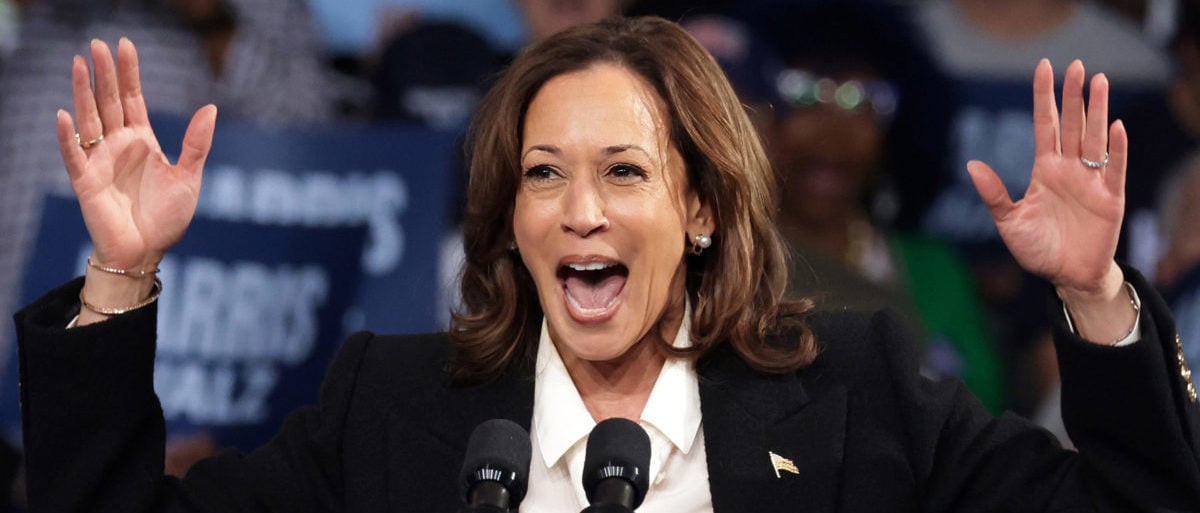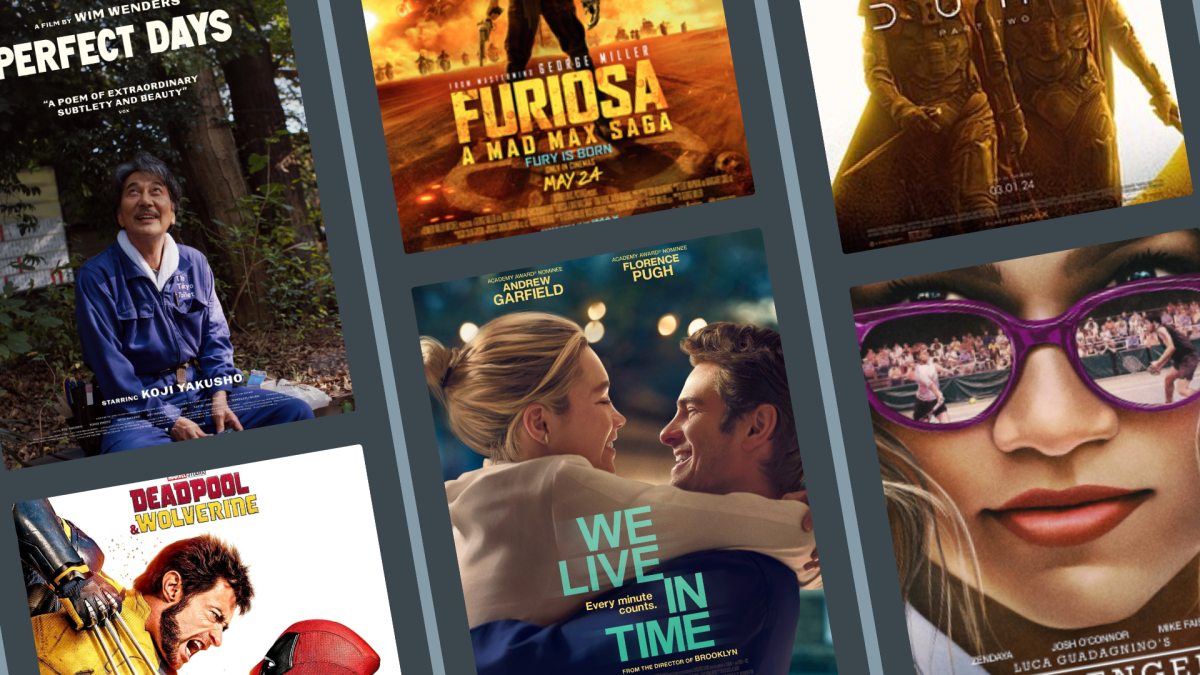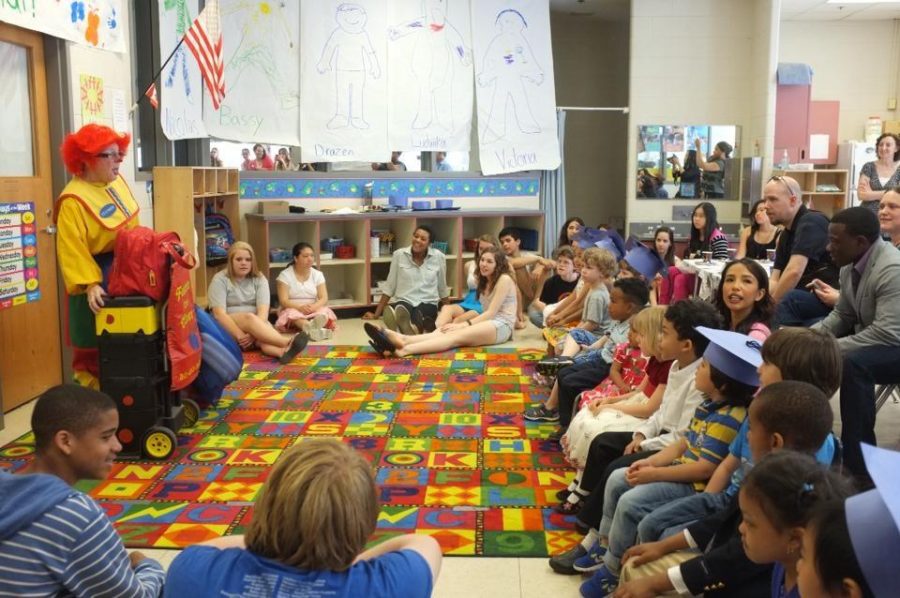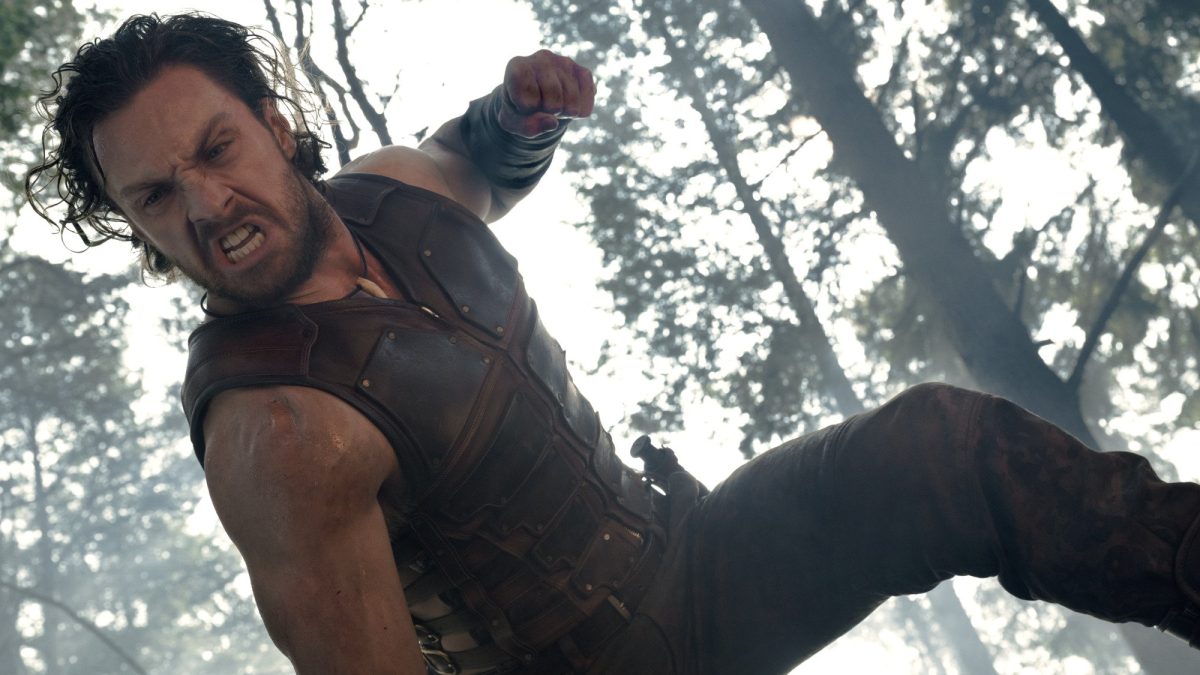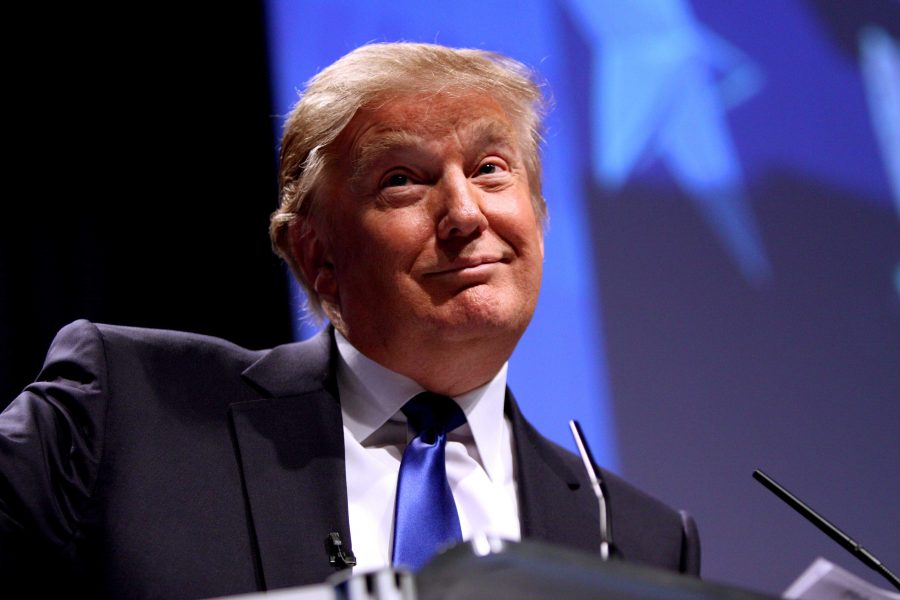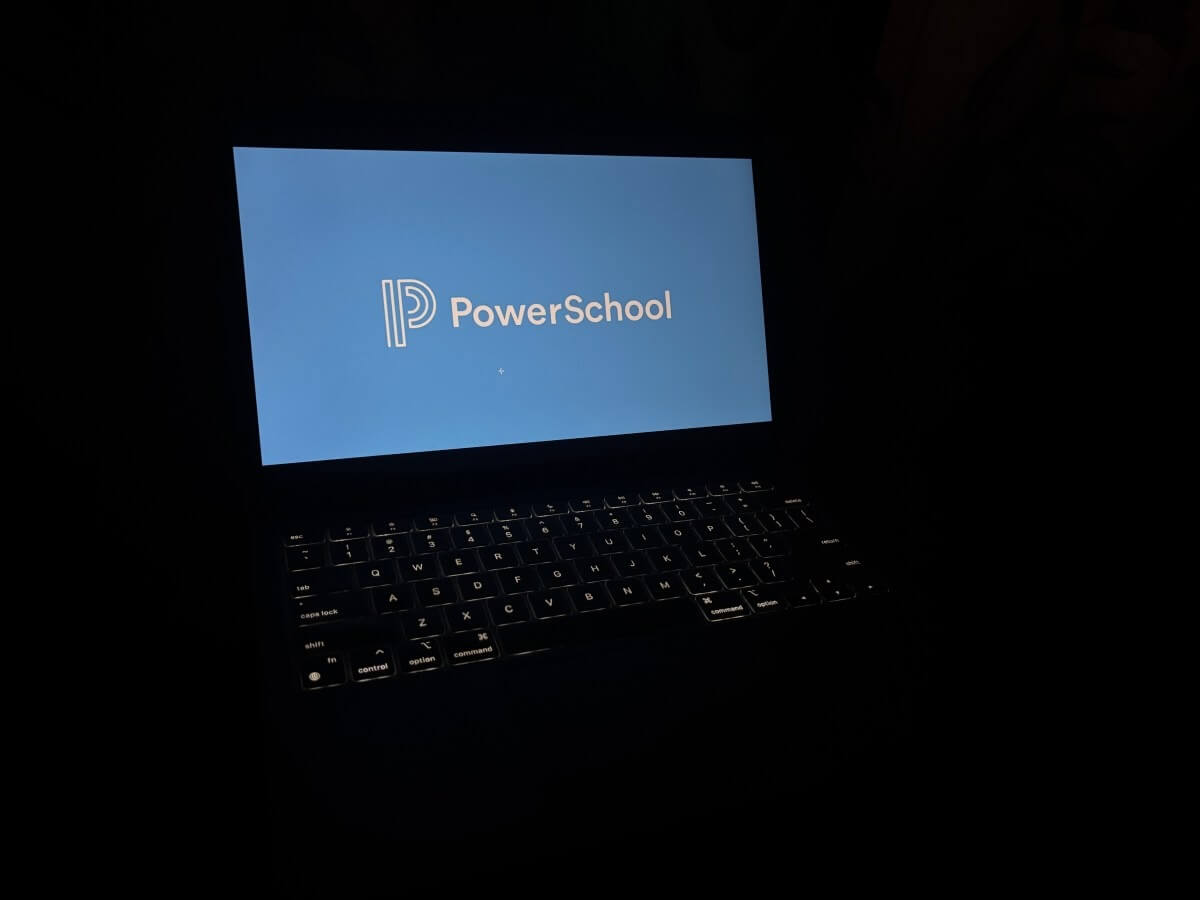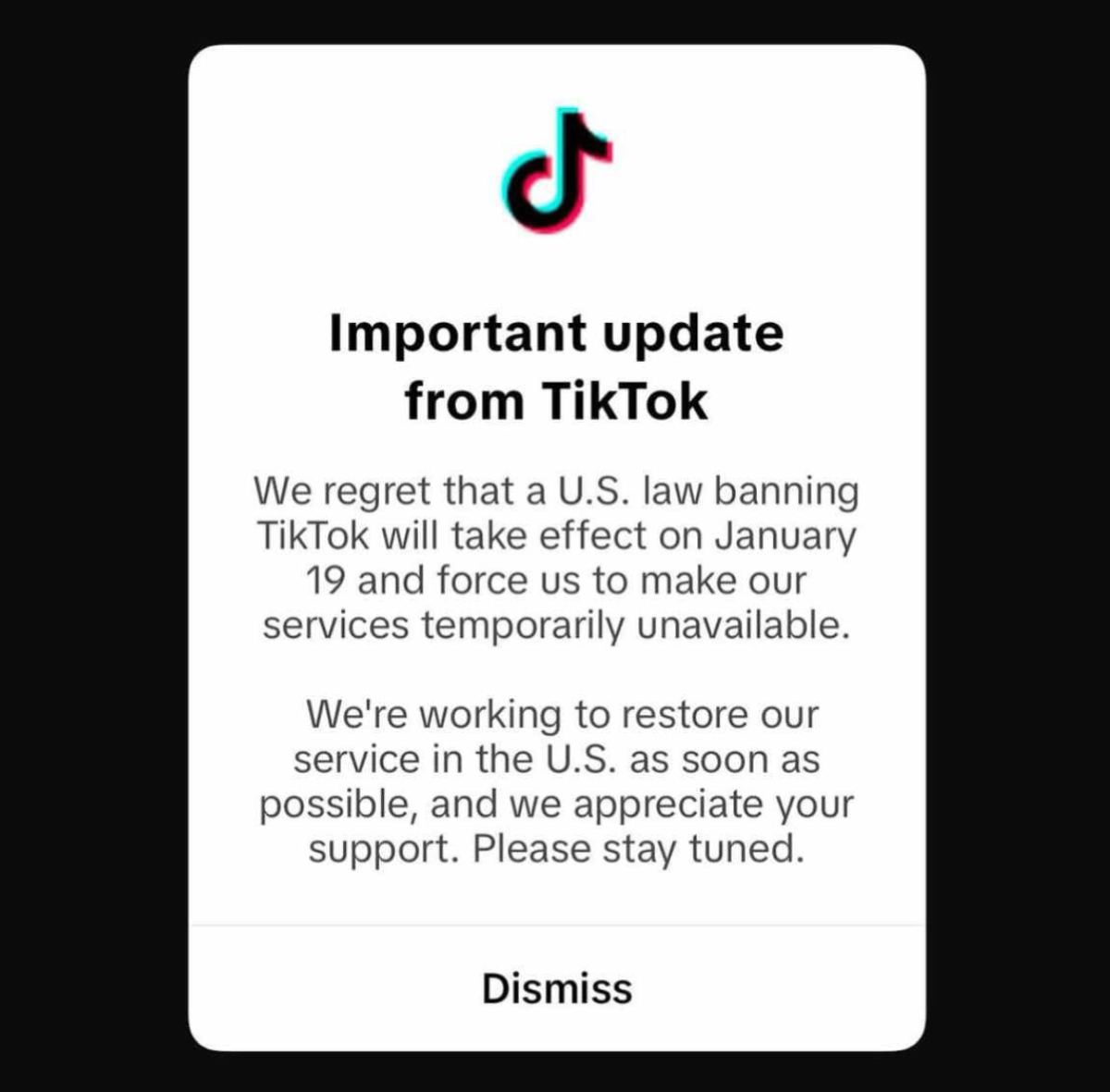In the 2020 Democratic primaries, then-Senator Kamala Harris was polling at a mere five percent of the youth vote. Four years later, voters aged 18-29, who trend left of the general electorate, have the power to turn that support into a presidency.
Polls at the beginning of the year showed that President Joe Biden’s reelection was in dire straits due to a potential generational realignment — young voters were no longer strongly favoring Democrats. Many young voters couldn’t stand to vote for former president Donald Trump but didn’t want to reluctantly vote for Biden, often due to his mental fitness and foreign policy positions. After much pressure, Biden set off a political earthquake by deciding not to seek reelection on July 21, promptly endorsing Vice President Harris.
This summer, The New York Times found that many young voters, particularly young women planning to abstain or vote for a third party, became reinvigorated with the Democrats after Harris became the nominee. Twenty-three-year-old Sierra Sanson of New Jersey, who previously planned to vote for the Green Party or not vote at all, called Harris a “badass woman who I want to see succeed.”
The fight for the youth vote is on, and the Harris campaign is pulling ahead.
In just one month, her favorability increased 16 points to a whopping 49% among youth voters. However, Trump’s favorability with the same demographic stayed at 40%. Harris’ popularity increased with many demographics, most notably with women, 18-21 year-olds and college students. Harris also polls impressively well among “double haters,” voters who dislike both Biden and Trump, netting 53% of their votes compared to Trump’s 11%.
Despite being the current Vice President, Harris has attempted to act as the candidate of change, promising a new, more hopeful future. Harris represents this change for many young voters, given that Biden and Trump have been the face of politics for as long as they can remember, said Anna Cork, field director of Rep. Jamie Raskin’s (D-MD) campaign.
“Many young people are dissatisfied with the current direction our country is going,” Cork said. “Having a candidate who exists outside of the status quo, both by being a woman of color and by being more removed from the political machine we’ve seen function badly for so long is exciting and motivating.”
Harris’ campaign had significant work to garner the youth vote, in particular, to avoid tying her campaign to unpopular policies from the Biden administration. By running a completely different playbook than Biden’s campaign, she’s done just that.
As opposed to painting a dire and alarming picture of Trump as a threat to democracy and a would-be “dictator” as Biden did, Harris has used more relatable terms like “weird” and an “unserious man,” which seems to be getting under the former president’s skin.
The Harris team also deviated from Biden’s social media strategy by utilizing trends and virality to attract attention. Given that around 90% of Gen Z uses social media, it was a critical tool for Harris to harness.
In the hours after Biden dropped out of the race, social media was ablaze with posts and memes about coconut trees, a reference to a favorite expression of Harris’ mother; Venn diagrams and data visualization, which Harris confessed to loving; and the overall “Kamalanomenon.” Even for those who typically don’t see political content, it was difficult to scroll through Instagram or TikTok without seeing a video centered around Harris.
The social media frenzy continued just a few hours later when British singer-songwriter Charli XCX posted “kamala IS brat” on X, formerly known as Twitter, referencing her viral album “Brat” released in June. Shortly after Harris and XCX followed each other on Instagram, and Harris’ official campaign account on X rebranded the account to be brat-themed, featuring the album cover’s signature lime green background and Arial font.
KamalaHQ expanded the virality of Harris’ rise with provocative posts, like one on the issue of people leaving Trump’s rallies, which angered the former president’s campaign. The account has over 7.2 million followers across all platforms and even triggered a possible Congressional response after Rep. Jerry Nadler (D-NY) accused X of blocking the account from being seen by many users.
In August, rumors flew on entertainment news platforms suggesting potential appearances from celebrities like Beyoncé or Taylor Swift at the Democratic National Convention (DNC), only for those theories to fall flat. Harris has had celebrities at her events, though, including at a July rally in Atlanta with rappers Megan Thee Stallion and Quavo, where they performed and spoke out for abortion rights and gun control.
The influence of celebrities was no clearer than in minutes following the September presidential debate when Taylor Swift endorsed Harris in a post to her 284 million followers on Instagram, gaining over 10 million likes in less than a day. Swift also called for voters, especially first-time voters, to register to vote, leading to over 35,000 people registering in the next 24 hours directly from the link in her post.
The Harris campaign has garnered recognition from unexpected demographics, like social media influencers and content creators. In a historic decision, the DNC invited over two hundred social media content creators to the convention to reach young people who increasingly trust social media over news outlets for political information.
Harris has represented liberal ideals popular among young people without alienating those who don’t want an 80-year-old in office. As horrifying recent school shootings dominate the news and attacks on reproductive freedoms increase following the precedent-shattering 2022 overturning of Roe v. Wade, many young voters want a return to normalcy. Considering she’s a candidate who supports popular ideas like gun safety laws, abortion rights, preventing climate change and much more, Harris was bound to have the support of young voters looking for change in the current volatile political environment.
AP Government teacher Andrew Sonnabend said Harris opens possibilities for previously undecided voters.
“The Harris campaign’s message has been ‘we are a bigger tent,’ and that includes young people or old people, anybody,” Sonnabend said. “Any of the voters who are afraid that their voice won’t be heard in the more targeted Trump world.”
In response to gains by the Harris campaign, the Trump campaign has also attempted to appeal to young voters through social media, with much less success. Trump was closing the gap in the youth vote simply by running against Biden, an unpopular incumbent — Harris’ entrance into the presidential race changed that.
Notably, since Trump’s selection of Senator J.D. Vance (R-OH) as his vice president pick, the Trump campaign has promoted hyper-masculinity in an attempt to appeal to young male voters, essentially forgoing the votes of young women, which has only contributed to the widening political gender gap. In a post-Roe world, young women have become the most progressive demographic in U.S. politics, as young men tilt right.
In recent campaign events, Trump has done live streams with young conservative male influencers on social media. He also spoke at an event hosted by Turning Point USA, a conservative organization focused on reaching out to students. Charlie Kirk, a controversial political activist known for his election-denying rhetoric and racist comments, among other discriminatory behavior, led the event.
The popularity shifts and the decisions that spark them have greater consequences in battleground states. Polls are finding rising enthusiasm among young voters in battleground states, with 43% saying they’re more likely to vote because of Harris.
In just a few weeks, Harris took control of the race for the youth vote and rescued Democrats from what could have been an embarrassing generational realignment. By successfully utilizing social media and appealing to the average Gen Z voter, Harris won the fight for the youth vote before it even started.
“The question will be how much she can defy electoral gravity,” Generation Lab CEO Cyrus Beschloss told U.S. News, “and get those supporters to actually show up.”



